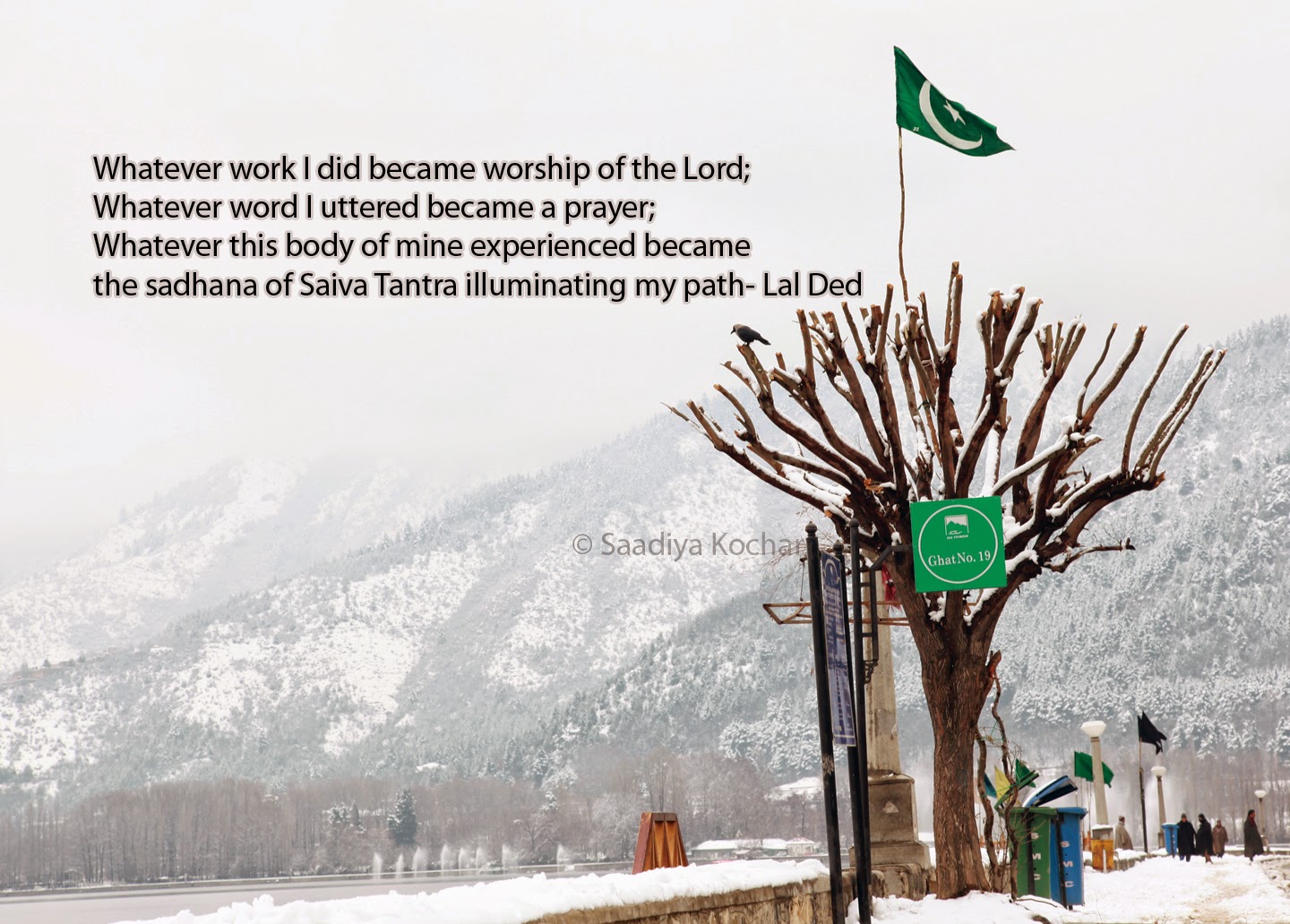Homes away from home are becoming more and more popular amongst Indians. Some are called boutique guest houses while others are known as Home stays. Here's a list of some well known ones, in Srinagar.
1) Almond Villa- This eighty year old colonial building, which stands elusively opposite the Dal Lake, is a quaint property that belongs to the Dogra Family of Jammu and Kashmir. Unlike, the hustle bustle that surrounds the hotels situated on the famous Boulevard Road of Srinagar, The Almond Villa remains one of the quietest properties, while still managing to give a breathtaking view of the Dal. The expanse is covered with a variety of flowers and fruit orchards, where many species of birds can be found. The famous Dara Shikoh festival is organised here every year. The tariff is around Rs 5,500.
2) Mahatta Home Stay- Situated in the well-known Rajbagh locality of Srinagar, this home stay is highly vouched by the single women who travel to the Valley. There are seven deluxe rooms and four standard rooms with all the basic amenities like attached toilets, a Wi-fi connection, room service and parking. During the season the price is around Rs 3,500 and mid and off season around 2,500-3,000 respectively.
4) Dove Cottages- The Dove Cottages is a boutique hotel that was recently started by a mother daughter team. The rooms are done up in a traditional Kashmiri style with Khatambund (wooden, hand carved) ceilings and accessorised with Crewel (local embroidery) Cushion Covers. The tariff starts from Rs 4,000 for a single room and goes up to Rs 7,500 for a premium quality double room.
5) Travellers Inn- The Travellers Inn is a private home stay run by a brother-sister duo in Srinagar, as well as in Pahalgam. While the one in Srinagar is situated in the quietest corner of Rajbagh, next to the Convent; the one in Pahalgam is a stone's throw away from the Lidder River. Both the huts are small with just four bedrooms each and a living area; which make both these properties ideal for a family vacation. The tariff is close to Rs 10,000.
There are many lovely places to stay in Srinagar. Keep a watch out for more on this blog.

















